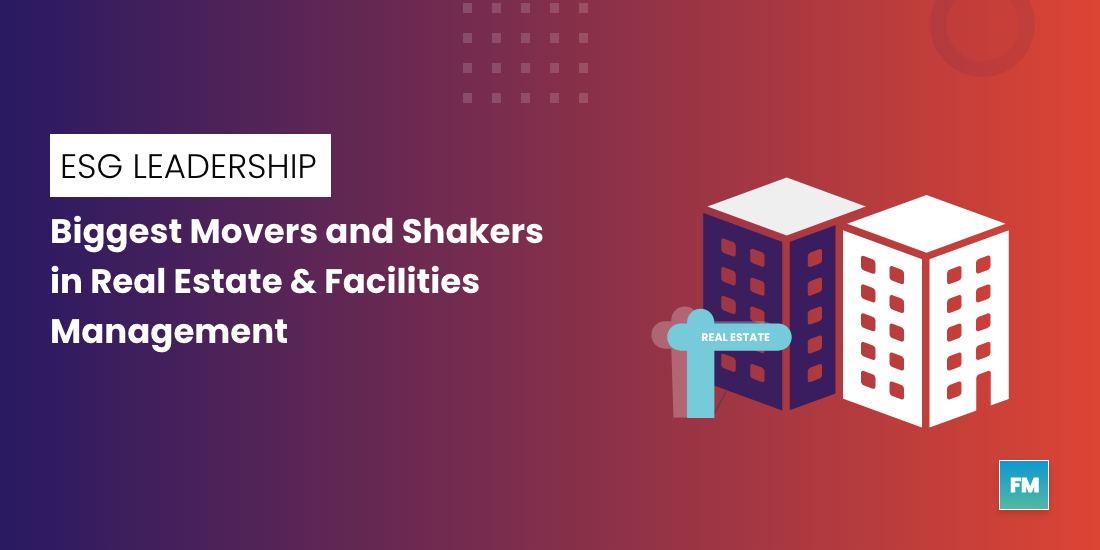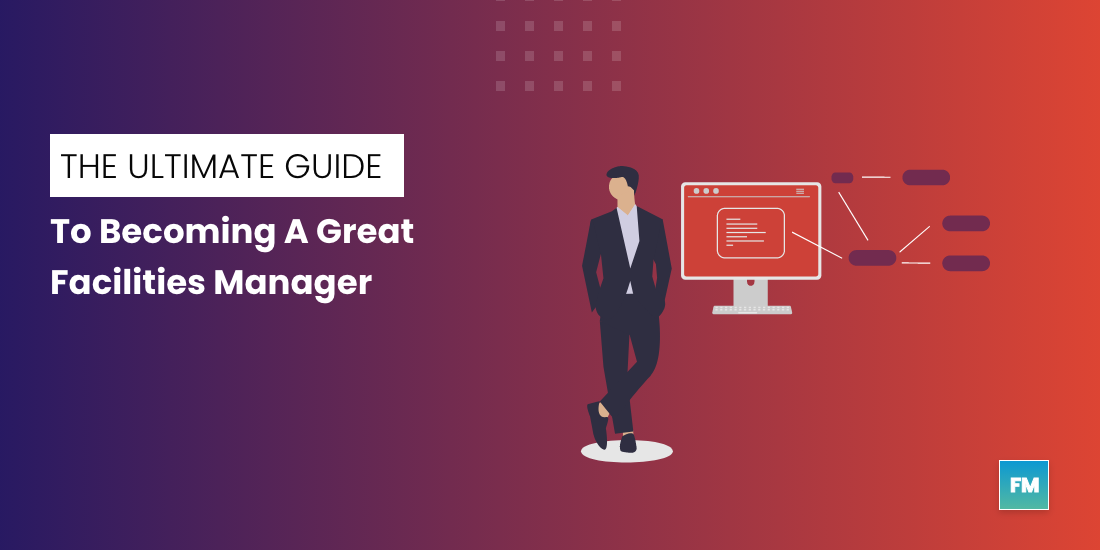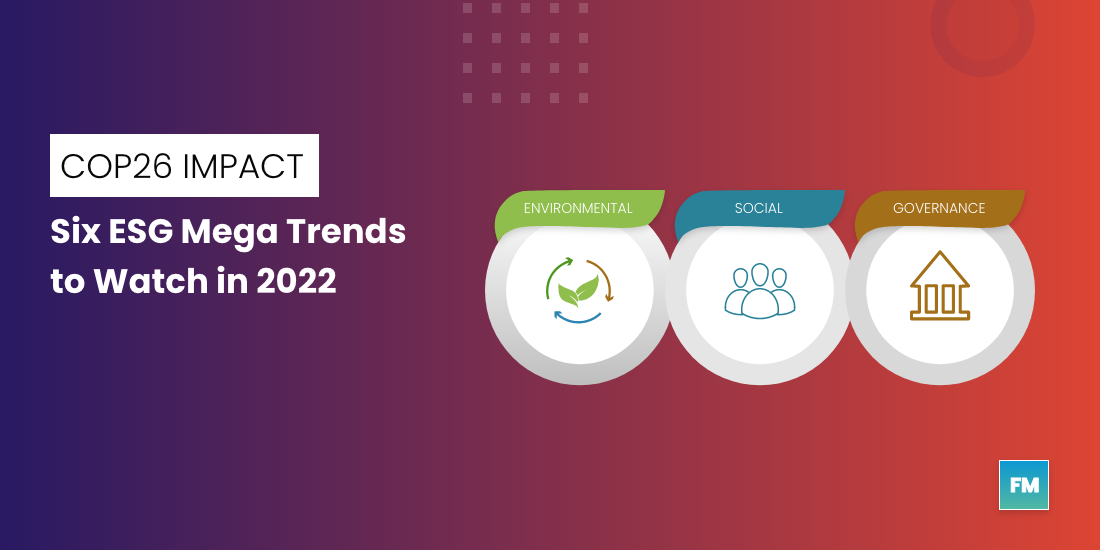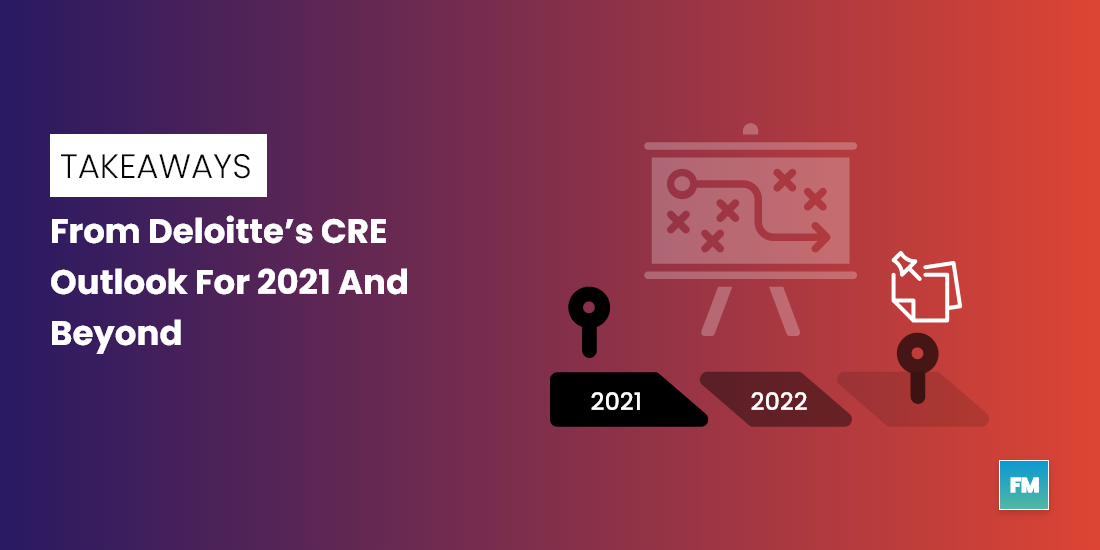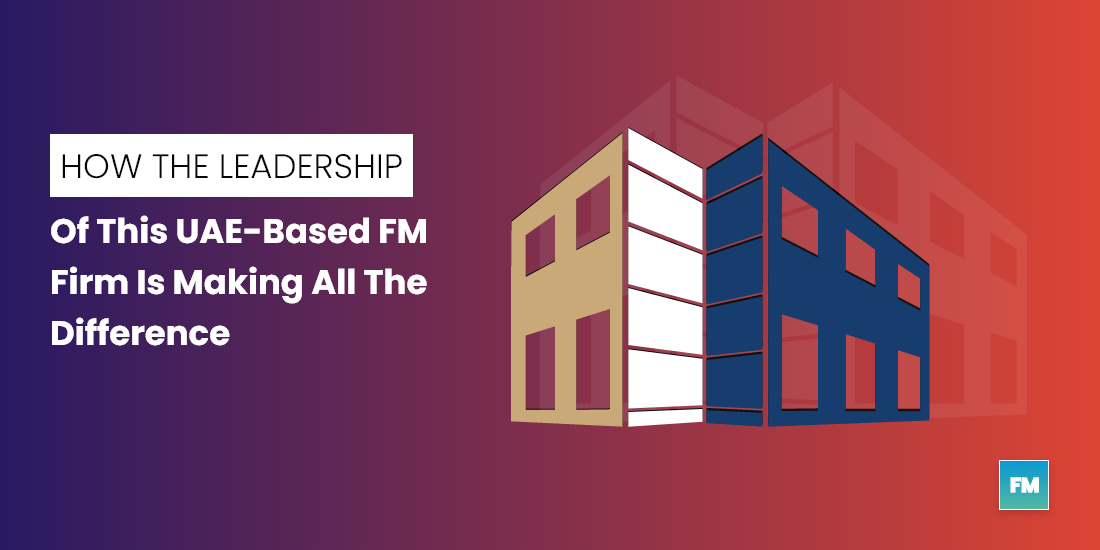In this article, we examine the “Top Movers” in the Real Estate and Facilities Management industries based on ESG impact, highlighting the companies that have taken the biggest strides towards decarbonization of buildings and bear the lowest environmental risk.
Companies now have a much greater responsibility to effect positive change on the environment. This begins with ensuring they’re not wasting energy and are proactively following sustainable practices as outlined in their ESG roadmap.
The same is extremely relevant for building owners, operators and managers because buildings are the source of almost 40% of the world’s carbon emissions. With a bold vision and clarity on the action required for sustaining business and the planet as a whole, a number of real estate and facilities management companies are leading the charge on ESG initiatives within the built environment. To achieve these targets, it has become extremely crucial to have sustainable facility management solutions for a carbon free future.
Let’s take a look at some of the biggest movers and shakers…
Dexus Property Group, Australia
Of the 52 real estate leaders that made it to the S&P Global Sustainability Yearbook for 2023, Dexus Property Group secured the top spot (Gold Class) with an industry best ESG score of 89.
In another score on ESG related risk by Morning Star company Sustainalytics, Dexus Property Group received a Negligible Risk rating of 6.8, the 9th best rating out of 1058 real estate companies in total.
Dexus recorded a 62% annual decrease in emissions intensity per employee in FY22. The company also met its target of 1 million sq. m. of office space rated at a minimum 5 star NABERS Energy. To reach this milestone, Dexus increased energy efficiency across approximately 500,000 square metres of office space in the last five years, including properties where its corporate tenancies are situated.
Further, the company has ramped up its net zero ambition by aligning its Scope 1, Scope 2 and Scope 3 emissions reduction target with the Science Based Targets initiative (SBTi).
Unibail-Rodamco-Westfield, France
Since 2007, Unibail-Rodamco-Westfield (URW) has had a bold CSR strategy focused on sustainability – minimizing the ecological footprint of its activities while increasing property values. The property group received a Negligible Risk ESG Rating of 4.7, which earned it the number 2 rank out of 1058 real estate companies in this year’s sustainability scores by Sustainalytics.
Between 2006 and 2015, the group reduced energy intensity per employee by 33.8 percent and carbon intensity by 65.1%. URW is advancing its CSR strategy and has established new long-term goals as part of its “Better Places 2030” program. One of the core commitments of this program is to reduce its carbon footprint by 50% from 2015-2030. Some of its other initiatives include:
- Improving the energy efficiency of assets by 30% by 2030
- 100% of assets to include a climate change risk plan by 2022
CBRE Group, Inc., United States
CBRE Group, Inc. secured an ESG score of 79 in S&P Global’s ESG Scores for 2023. The group is also ranked No. 17 on Sustainalytics’ ESG Risk Ratings out of 1058 real estate companies with a Negligible ESG Risk of 7.6. In the Top 50 Best ESG Companies by Investor’s Business Daily (IBD), CBRE is #23 and the only commercial real estate services firm on the list.
CBRE Group has signed The Climate Pledge as part of its 2040 net-zero emissions plan, committing to achieve net-zero carbon 10 years ahead of the Paris Agreement objective. This commitment includes carbon emissions from the company’s core activities and buildings managed for investors and occupiers, as well as indirect supply chain emissions.
CBRE listed and benchmarked 5,941 buildings in the ENERGY STAR programme in 2021, totaling more than 346.9 million square feet. Thirty-six CBRE-managed facilities in the United States increased their ENERGY STAR rating by at least 10%, resulting in a total decrease of 23,233 metric tonnes in GHG emissions.
This year, the company also joined the Business Ambition for 1.5°C, which is being driven by the SBTi in collaboration with the UN Global Compact and the We Mean Business alliance.
Jones Lang LaSalle Inc. (JLL Inc.), United States
S&P Global granted JLL Inc. a strong ESG score of 72 for the year 2023. The real estate services firm also ranked 7th out of 1058 companies with the lowest ESG risk, securing a 6.7 Negligible Risk Rating by Sustainalytics.
By signing The Climate Pledge to achieve net-zero emissions by 2040, JLL has shown the pathway for real estate to accomplish sector-and-economy-wide sustainability goals. To meet the promise, the company will fully abate 95% of its 2018 baseline greenhouse gas emissions. In addition, JLL has set an aggressive science-based target that covers Scope 1, 2 & 3 emissions from over 380 offices in 40 countries around the world. The real estate services company also joined the WGBC’s Net Zero Carbon Buildings Commitment, which strengthens its existing goals and reinforces its ESG leadership in the built environment.
DLF Limited, India
With an overall ESG score of 75, DLF Ltd. is the only Indian real estate company to be recognized globally for its ESG performance and included in the Dow Jones Sustainability Index. The company has also been named S&P Global Industry Mover in the real estate category for the year 2020-21.
DLF is driving ESG leadership in India’s built environment by linking its initiatives with the most relevant SDGs, and working on KPIs to track progress towards them. DLF has significantly reduced energy consumption through measures such as use of energy efficient lighting and equipment, and management of HVAC systems, etc.
Following are some of the sustainable facilities management initiatives taken by DLF in its existing buildings:
Using FY 2019-20 as a baseline, reducing energy intensity in their rental assets by 15% by 2030.
Using FY 2019-20 as a baseline, reducing water intensity in rental properties by 10% by 2025.
By 2030, DLF plans to have at least 90% of its overall rental portfolio certified as green and in compliance with all regulatory standards.
MITIE Group PLC, United Kingdom
Mitie Group has been conferred a Low ESG Risk Rating of 12.5 by Sustainalytics, which places it among the leading ESG companies in the world. Mitie’s Social Value Report for 2022 shows that the UK facilities management company is well on course to reach zero operational emissions by 2025, 25 years ahead of global net zero commitments.
Mitie emitted 23,661 tonnes of carbon in FY22, less than their aim of 25,230 tonnes. The company launched a Plan Zero initiative that lays down the roadmap for decarbonizing all its sites across the UK, with nine sites becoming net zero in 2022 itself. An additional 8 sites are planned to be decarbonised by next year. Mitie has also committed to initiatives such as LED lighting, insulation, modernising obsolete equipment, and asset management, which will save 26 tonnes of CO2 each year.
Cushman & Wakefield PLC, United Kingdom
As a global real estate services provider, Cushman & Wakefield has planned to achieve net zero emissions in its own properties all over the world as well as those of its clients by 2050. In 2020, the company offered energy and sustainability services for 370 million sq ft of space in the United States alone, according to its CSR Report.
Cushman & Wakefield emitted 18,827,178 metric tons of carbon dioxide equivalent scope 1, scope 2, and scope 3 GHG emissions through its operations in 2020. In comparison to 2019, this implies a 2.5 percent reduction in overall emissions.
Cushman & Wakefield GHG Emissions 2019-20
To further boost its ESG leadership, the company has committed to a 50% reduction in scopes 1 and 2 GHG emissions — by 2030 from a 2019 base year, a target which has also been endorsed by The Science Based Targets initiative (SBTi).
Driving the Future of ESG in the Built Environment
Numerous studies have confirmed the benefits of implementing an ESG plan, indicating that buildings with a clear sustainability purpose will see a higher return on investment. Setting specific and achievable ESG targets will aid in lowering operating costs and carbon emissions, as well as improving productivity and the overall performance of the facility. It is important for companies to have sustainable facility management solutions.
ESG initiatives should now be a main focus for Facilities, Real Estate, and Property Managers who want to stay ahead of the game. This will allow them to create KPIs and report on performance to stakeholders, as well as ensure that their buildings are appealing to both investors and occupiers.
If you enjoyed reading this article and want to take action, we want to hear from you! Get in touch with us.
